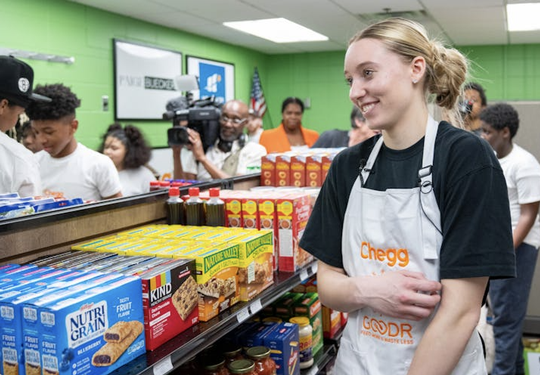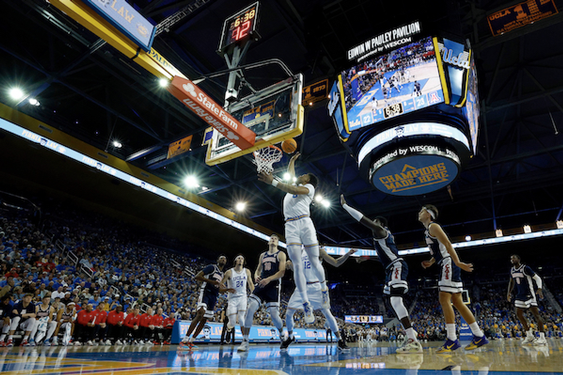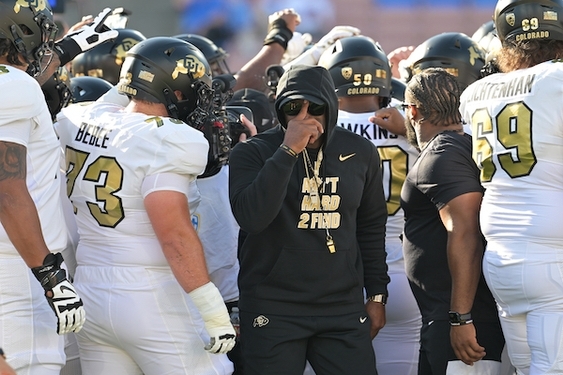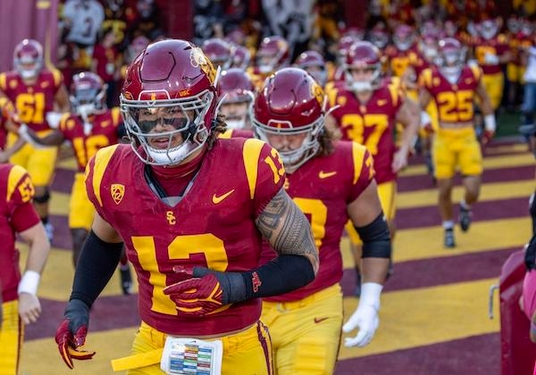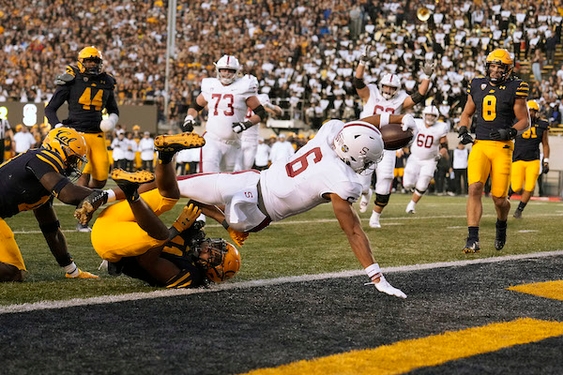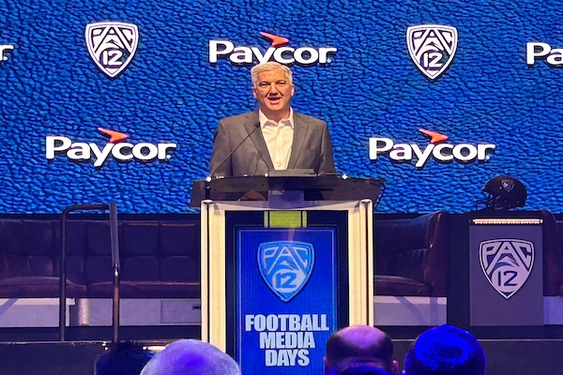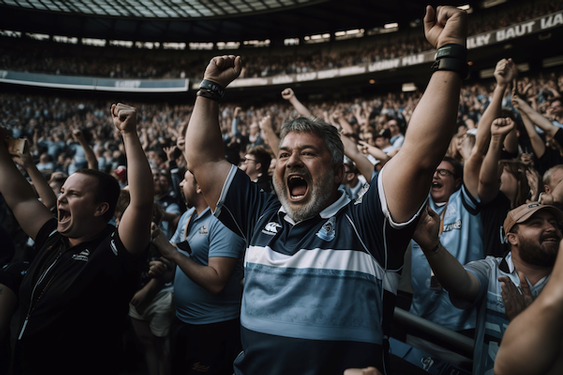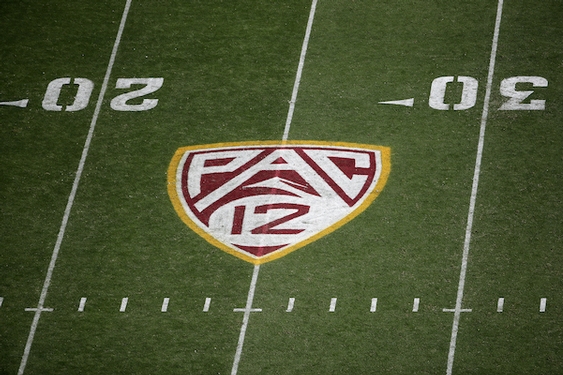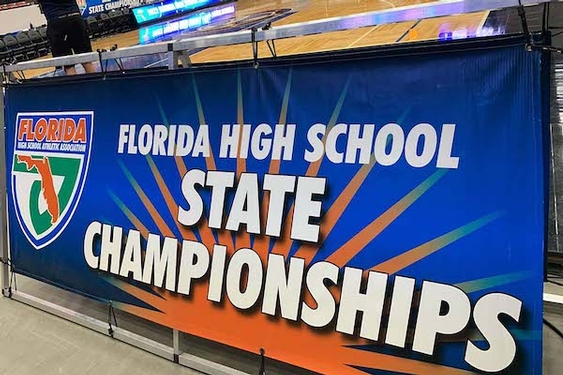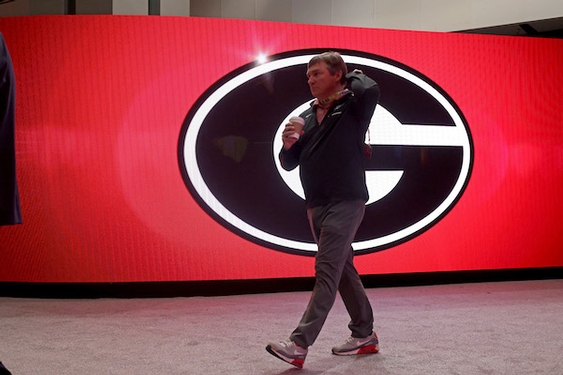If you’d never heard the word coronavirus, all this might sound futuristic. Imagine a sports world of timed tickets into games, getting in early for warmups or batting practice, or maybe paying a top premium for game-time arrival.
It’s not that hard to imagine concessions purchased only through your phone, the only way to get your snack or a soda. Maybe your order includes a pickup at a concession stand, no money or credit cards changing hands.
What about games without fans — seen on television, sure, or more through the prism of virtual reality? Say, purchasing a ticket for a fifth-row seat, except you’re sitting in your living room. You want to pay a little less for the upper deck? Maybe that could be arranged. Videoed on one phone, shown on your phone.
These kinds of discussions, these small leaps of imagination, are happening right now. Can sports come back without people? What about with social distancing? For architects and design experts, and the heads of organizations that bring sports fans into their own buildings, these are not philosophical questions. There is a quickening need for precise answers, even at a time when most answers seem to bring up more questions.
Those conversations have begun, plus the scratching out of distancing diagrams, “throwing them back and forth” with sports organizations, including the Phillies, said William McCullough, director of sports and entertainment at Philadelphia-based EwingCole, an architecture, engineering, and design firm.
Among many sports projects, EwingCole designed Citizens Bank Park for the Phillies and the rebuilt Finneran Pavilion at Villanova, plus smaller designs such as the football locker room at Rutgers and the squash center at Penn.
“If we can’t get people in, if people want to play in isolation, what would that look like?” McCullough said. “We’re bouncing ideas off each other internally. What if people had to be six feet apart? What if families could sit together? What would entry into the building look like?”
Say fans are allowed in a stadium or arena but with six-foot distancing. EwingCole is looking at what that could look like, and coming to the conclusion you could get a crowd of only 15% to 20% of capacity.
The issue of how many can sit safely inside a major venue is only the start of it.
“It’s getting in,” said Winka Dubbeldam, dean of the architecture school at the University of Pennsylvania. “It’s getting out.”
Everyone starts with government guidelines for gatherings.
“What does green mean in a sports environment?” said Temple associate athletic director Larry Dougherty, just out of a meeting where such discussions were taking place, referring to green as officially open for business. “We’re trying to get information from the NFL since we’re talking about going into an NFL stadium, trying to model what they’re doing. … We have more questions than answers. What do we do if it’s this? What if it’s that?”
The more people you allow into an event, the more issues that pop up. And the more questions about what customers will be willing to tolerate.
“It would be militaristic,” said Dubbeldam, speaking of thousands lined up for a game with safe distancing and proper screening at the entrances, and limits on where you can go inside. “I think it would take all the fun and entertainment out of it.”
Dubbledam, whose private firm, Archi-Tectonics, just designed sleek field hockey and table tennis venues in China for the 2022 Asian Games, meant to convert to concert and park spaces afterward, noted that it’s not enough to have enough entrances. “I think you would have to let people in through completely different angles.”
In a college setting, Dougherty and Villanova athletic director Mark Jackson both said, you start with getting students on campus safely, then you look at safe training.
“How do we practice? How do we compete? How do we lift?” Jackson said.
All that before you get fans into the building. But you still have to think about eventually getting fans into your games. Or having games without fans.
“We’re coordinating a call among all Division I athletic directors in the state to brainstorm,” Jackson said. “Asking each other, ‘What are you hearing?’ ”
The questions vary by sport.
“One difference between baseball and virtually every other sport is the flow of the game,” said Kevin Murphy, a principal at EwingCole. “In football and basketball, there’s much more of a crunch at halftime. Baseball is a little more free-flowing. You can stagger movement more easily.”
If social distancing is required, EwingCole is drawing up diagrams. Maybe you couldn’t have anybody in the first two seats on the aisles, since that would be too close to people walking up or down the aisle. Maybe doors have to come off all restroom entrances and exits. But would you need more staffing to control the flow in and out?
“On the one hand, it’s a revenue dip in the early steps, then you’ve got an added cost of staffing,” said George Bushey, a regional director of sports and entertainment at EwingCole.
More questions: What would leaving look like? People don’t all arrive at the same time. Then a game ends, most people leave. How is that supposed to work?
And if only a small percentage of your capacity can safely get in, which customers are those? How many premium customers? How many general admission? The design folks ask all those questions.
In a football stadium with more seats, there is a little more room to spread out. “You take a larger hit in smaller places,” Bushey said.
They’re looking at whether it is feasible to divide up seating by group sizing. Say groups of two in one section, groups of six in another, groups of four in another. Maybe, depending on testing, a group box of 20 could still be feasible. More plexiglass between seats and boxes is possible. The design people are looking at it closely, also taking into account Americans With Disabilities Act requirements.
What about no fans? What if games start that way? The architects are not oblivious to the economic landscape.
“A lot of these folks have their hands tied from a financial standpoint,” McCullough said. “What can we do to help them out with some kind of revenue?”
If everybody can’t get in a venue at the same time, is there a way to have a store or other interactive revenue streams outside? (At some places, think beer.)
McCullough said technology already exists that creates fan engagement, showing, say, a camera position using 5G technology, not a full camera. You see it during a game, maybe as part of some promotion. Why couldn’t it be used more? It would be cheaper.
“You can broadcast from your phone,” McCullough said.
Brian Phillips, founder of Interface Studio Architects in Philadelphia, who has a graduate-level design studio for urban housing at Penn, mentioned how “the traditional proximity in sports,” the density built in, can be part of the experience.
“I’m expecting that we’ll see some innovation in ways that people can be in a space that isn’t as dense, like small social pods,” Phillips said.
He realizes those pods already exist, in luxury suites. Already, top payers often have their own entrance into games. But all that could be expanded. With that comes a chief concern, Phillips said, as you look at the ways this coronavirus has already affected income levels disproportionately.
“The idea that going to see the Phillies becomes a rich man’s proposition,” Phillips said, is a concern. Also, “Is that a temporary thing?”
What if professional or Division I teams with a large spectator base are going to begin by playing without fans? How do you support that?
“Amend the teledata infrastructure, enable more camera angles, different cameras, higher level lightings, pathways for cables,” said Craig Schmitt, another principal at EwingCole, on a conference call with a reporter. “Those are the types of things we’re talking about, to enable these things to happen.
It’s kind of ironic, Bushey pointed out, that before this pandemic, some professional teams and colleges were dealing with attendance problems, some of it stemming from high-definition TV — how more people were already watching from home. Questions were already being asked, how can you get people back in?
What about places that are already sold out? How do places deal with ticket policies?
Future questions are almost endless. For indoor venues or the indoor portions of stadiums, Murphy said, “we might have to examine air-flow rates.”
In her own classrooms at Penn, Dubbeldam is thinking that she won’t use air conditioning — too much of a chance for spreading this virus through old systems. Better to have the windows open.
Cleaning buildings between games could require new technology. Retail areas could need to be modified with a path through the store, the “Ikea model,” as EwingCole put it. Increased screening at entrances is almost a given, with thermal scanning a possibility.
There’s also a need for accounting for human behavior, and stubbornness.
“I had been thinking about dots on the ground, and arrows on the ground,” Murphy said. “My wife had just gotten back from BJs and nobody was following the arrows.”
“Your head spins to think about it all,” said Dougherty of Temple. “You’re thinking of the answer to one, and there’s another question.”
Nobody seems to be contemplating full stadiums right now.
“I would not do that for the next half year,” Dubbeldam said. “They can’t.”
Eventually, however, these plans presumably come with an expiration date, a return to normalcy. You want the whole atmosphere that goes with a sporting environment, Dougherty said, not just inside, but with tailgating outside.
“It’s pretty scary to think if we can’t get back to full venues at some point,” Murphy said.
Maybe the only upside: Some of the technological advances, he noted, could remain in place long after the coronavirus is under control.
“Those are the ones that are going to be most valuable long-term,” Murphy said.
———
©2020 The Philadelphia Inquirer
Visit The Philadelphia Inquirer at www.inquirer.com
Distributed by Tribune Content Agency, LLC.



